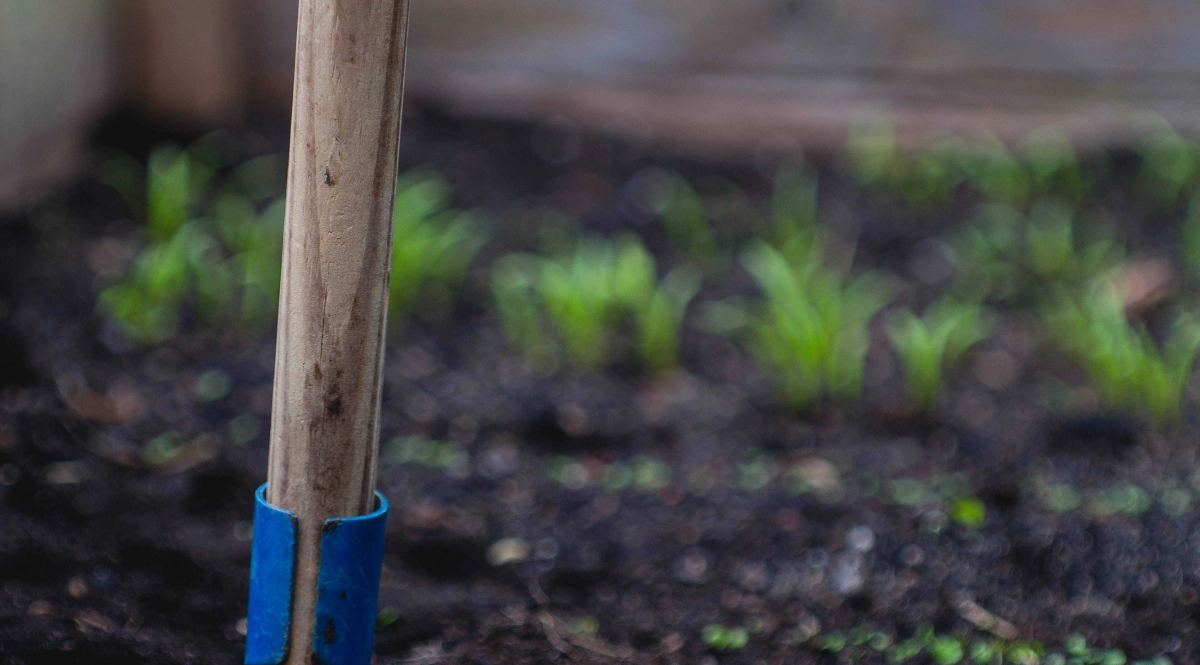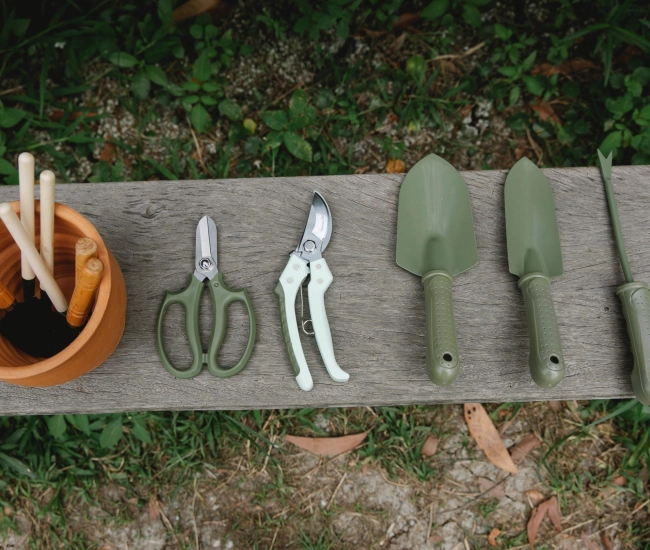
Preparing the Soil Before Planting: How to Amend It in Three Easy Steps
What's the secret to having healthy plants for many years? Incorporating amendments into the soil before planting. That means enriching the soil in your garden, lawn, or flower beds. The existing soil, even if it's of good quality, always needs to be improved and enhanced to give the best possible yield. Discover here how to properly prepare and amend your soil before planting or sowing.
What is Soil Amendment?
It's about enriching it.
Amendment is the process of improving the physical (aeration) and biological (nutrients) properties of the soil with organic components. These can take various forms:
- Fertilizers
- Composts
- Manures
- Soil Mixes
- Slurries
- Lime
- Soils
- Clays
- Silt
- Etc.
The amendments you should choose depend on your soil, its needs, and the type of cultivation and planting you want to do. If needed, seek our advice.
Soil work offers better distribution of water, air, and nutrients essential for plant growth. Adding organic matter allows plants to establish well, develop a good root system, and protect themselves from attacks by being more competitive against weeds and pests.
What is the Best Time to Amend and Prepare the Soil?
Any area you will plant intensively, such as a flower bed or vegetable garden, needs to be worked on, enriched before being exploited. The best time is in the spring, but you can also amend the soil later in the season. The important thing is not to work the soil when it is waterlogged to avoid compaction.
Amending the Soil: Steps to Follow to Prepare It
Don't know where to start to prepare your soil for planting? Don't panic! Here are 3 easy steps to follow for effective soil amendment.
Step 1: Work the Soil
Turn the soil over to a depth of 45 to 50 cm using a spade or a rotary tiller for large areas. Take the opportunity to clear the soil of roots and weeds, rocks, etc. Then, using a hoe, break up the clods to loosen (fragment) the soil.
Step 2: Incorporate Amendments and Form Your Soil Mix
To fertilize and enhance the soil, we recommend, for best results, spreading over the first 10 to 15 centimeters of your soil and incorporating this mixture to form your soil mix:
- Compost
- Sphagnum Peat
- Manure
- Fertilizers
Compost and manure are similar nutrient sources, but they do not decompose at the same time, which prolongs the nutritional qualities of the soil. Varying the types of composts in the amendment enriches the soil over a longer period. These composts are mixed in equal parts, and the more varied the menu, the more fertile the soil will be. A layer of 8 to 10 cm of organic matter is recommended.
Add to this ground bone meal and a rooting fertilizer according to the manufacturers' recommendations.
For clay or heavy soils, it is ideal to add forest compost in addition to other amendments. It is also important for these types of soils to slightly elevate the planting sites (vegetable garden, flower bed, isolated plant) to reduce the risk of root asphyxia.
Step 3: Level the Soil
Once you've added all the amendments, rake the surface to level it as best as possible. Then let it rest, as the new soil needs to settle naturally before you can plant and put it to work.
Tips and advice



